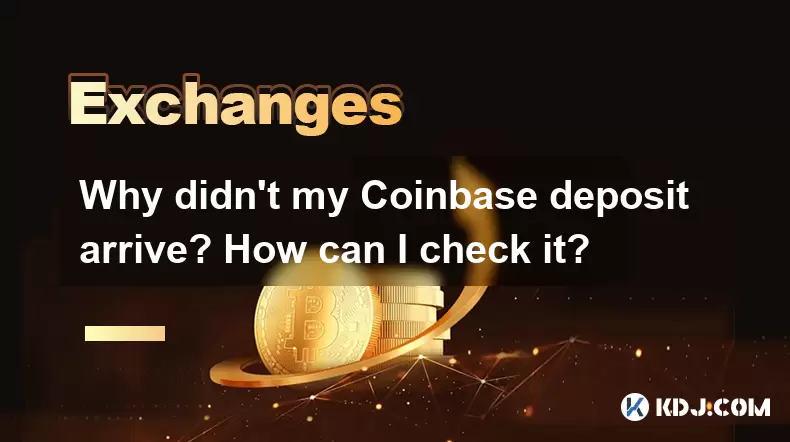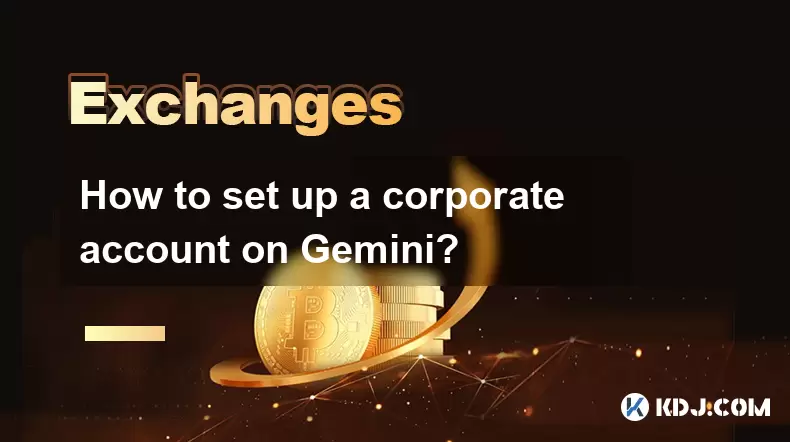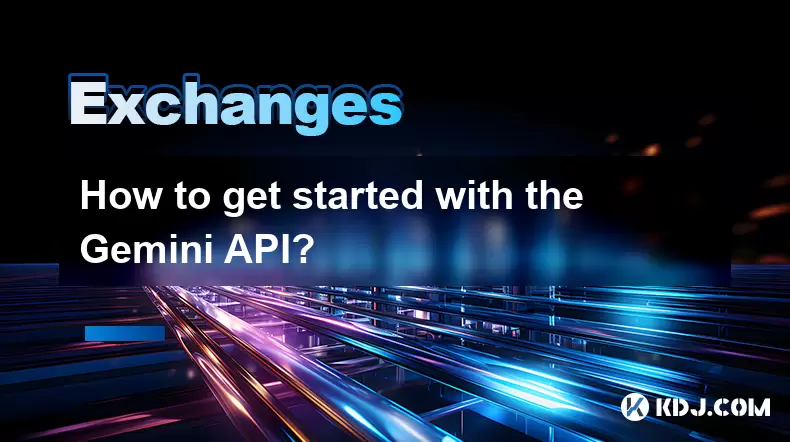-
 Bitcoin
Bitcoin $115000
0.12% -
 Ethereum
Ethereum $3701
4.50% -
 XRP
XRP $3.081
2.99% -
 Tether USDt
Tether USDt $0.0000
-0.01% -
 BNB
BNB $767.9
1.45% -
 Solana
Solana $169.5
3.13% -
 USDC
USDC $0.9999
0.01% -
 Dogecoin
Dogecoin $0.2106
4.30% -
 TRON
TRON $0.3334
1.62% -
 Cardano
Cardano $0.7564
2.54% -
 Stellar
Stellar $0.4165
0.76% -
 Hyperliquid
Hyperliquid $38.75
0.25% -
 Sui
Sui $3.593
3.00% -
 Chainlink
Chainlink $17.08
3.59% -
 Bitcoin Cash
Bitcoin Cash $573.6
4.35% -
 Hedera
Hedera $0.2508
-0.84% -
 Avalanche
Avalanche $23.07
6.46% -
 Ethena USDe
Ethena USDe $1.001
-0.02% -
 Litecoin
Litecoin $120.8
8.17% -
 UNUS SED LEO
UNUS SED LEO $8.943
-0.32% -
 Toncoin
Toncoin $3.400
-5.60% -
 Shiba Inu
Shiba Inu $0.00001255
1.54% -
 Uniswap
Uniswap $9.908
6.32% -
 Polkadot
Polkadot $3.718
2.10% -
 Monero
Monero $303.0
-0.74% -
 Dai
Dai $0.9999
-0.02% -
 Bitget Token
Bitget Token $4.392
0.91% -
 Cronos
Cronos $0.1403
6.31% -
 Pepe
Pepe $0.00001076
1.13% -
 Aave
Aave $267.2
1.80%
Why didn’t my Coinbase deposit arrive? How can I check it?
If your Coinbase deposit hasn’t arrived, check for network congestion, low transaction fees, wallet sync issues, or incorrect network/address usage before contacting support.
Jun 11, 2025 at 01:22 am

Understanding Potential Reasons for Delayed Coinbase Deposits
If you're wondering, why didn’t my Coinbase deposit arrive, there are several possible explanations. One of the most common reasons is network congestion on the blockchain. When a large number of transactions are being processed simultaneously, it may cause delays in confirmation times. Additionally, if the transaction fee you paid was too low, miners or validators might prioritize other transactions over yours.
Another factor could be related to wallet synchronization issues. If your wallet or Coinbase account is not fully synchronized with the blockchain, it may appear as though the deposit hasn't arrived yet. It's also possible that the transaction has been broadcast but not yet confirmed. Most cryptocurrencies require at least one confirmation before the funds become visible in your account.
Lastly, human error can play a role. For instance, sending funds to the wrong address or using an incompatible network (e.g., sending Ethereum tokens via BEP-20 instead of ERC-20) will result in the deposit never reaching your Coinbase wallet.
Checking Your Transaction Status on the Blockchain
To verify whether your deposit was sent correctly, you should start by obtaining the transaction hash from the wallet or exchange you used to send the funds. This unique identifier allows you to track your transaction across the blockchain.
You can then use a blockchain explorer associated with the cryptocurrency you sent. For example:
- Bitcoin: blockchair.com or blockstream.info
- Ethereum: etherscan.io
- Litecoin: blockchair.com/litecoin
Paste the transaction hash into the search bar and press enter. You’ll see details like the number of confirmations, sender, receiver, and transaction fees. If the transaction has zero confirmations, it’s still pending. If it shows multiple confirmations but doesn’t reflect in your Coinbase account, there might be a technical issue on Coinbase's side.
Verifying the Correct Network and Address Format
One often overlooked detail is ensuring that the network used matches what Coinbase expects. Sending funds via the wrong network can result in permanent loss of funds. For example, sending USDT via TRC-20 to a wallet that only accepts ERC-20 deposits can lead to missing funds.
Coinbase typically supports specific networks for each token. For example:
- Ethereum (ETH) and ERC-20 tokens should be sent using the Ethereum mainnet.
- Bitcoin (BTC) must be sent using the standard Bitcoin network.
- USDC should be sent via the Ethereum (ERC-20), Solana (SPL), or Polygon (MATIC) networks depending on Coinbase's supported options.
Double-check the receiving address format and ensure the network selected during the transfer aligns with what Coinbase requires. Even if the transaction appears successful on the blockchain, mismatched networks will prevent the deposit from appearing in your account.
Contacting Coinbase Support for Assistance
If you've verified all the above and still don’t see your deposit, it's time to reach out to Coinbase support. Before contacting them, gather the following information:
- The transaction hash
- The sending and receiving addresses
- Timestamp of the transaction
- Amount sent
Visit the Coinbase Help Center and log in to your account. Navigate to the Support section, select the relevant asset, and describe the issue clearly. Provide all necessary details so the support team can investigate the matter effectively.
Be aware that response times can vary depending on the volume of inquiries. However, Coinbase typically acknowledges support requests within 24–48 hours. In some cases, especially where internal system errors occur, Coinbase may manually credit your account once the issue is verified.
Preventing Future Deposit Issues on Coinbase
To avoid encountering similar problems in the future, always double-check the receiving address and network type before initiating any transaction. Use the "copy" function provided by Coinbase rather than typing addresses manually to prevent typos.
Additionally, consider setting a custom transaction fee when sending from external wallets. Higher fees generally result in faster confirmations, especially during busy network periods.
Finally, keep records of all transaction hashes and timestamps. These serve as proof in case disputes arise or support is needed later.
Frequently Asked Questions
How long does a Coinbase deposit usually take?
Most deposits appear instantly or within a few minutes. However, depending on the network congestion and the number of required confirmations, some deposits can take up to an hour or more.
Can I cancel a deposit after sending it to Coinbase?
No, once a transaction is broadcast on the blockchain, it cannot be canceled. Always confirm the recipient address and network before sending funds.
What happens if I send unsupported coins to Coinbase?
Sending unsupported cryptocurrencies to Coinbase can result in permanent loss. Always check Coinbase’s list of supported assets and networks before making a deposit.
Why does my Coinbase transaction show as completed but no funds arrived?
This may happen due to a temporary sync issue or backend processing delay. Wait for a few minutes and refresh your account. If the problem persists, contact Coinbase support with the transaction hash.
Disclaimer:info@kdj.com
The information provided is not trading advice. kdj.com does not assume any responsibility for any investments made based on the information provided in this article. Cryptocurrencies are highly volatile and it is highly recommended that you invest with caution after thorough research!
If you believe that the content used on this website infringes your copyright, please contact us immediately (info@kdj.com) and we will delete it promptly.
- Bitcoin, Fed Rate Cut, and Crypto Stocks: A New Yorker's Take
- 2025-08-05 14:50:12
- Police, Cryptocurrency, Bitcoin Windfall: Unexpected Gains and Cautionary Tales
- 2025-08-05 15:30:12
- MAGACOIN: The Next Shiba Inu ROI? A Crypto Presale Deep Dive
- 2025-08-05 15:30:12
- Bitcoin, Kiyosaki, and the August Curse: Will History Repeat?
- 2025-08-05 14:50:12
- Crypto Airdrops: Your August 2025 Guide to Free Tokens & Opportunities
- 2025-08-05 13:45:13
- Luxury Dining Reimagined: St. Regis Singapore & Marriott's Culinary Celebration
- 2025-08-05 13:45:13
Related knowledge

How to set and manage alerts on the Gemini app?
Aug 03,2025 at 11:00am
Understanding the Gemini App Alert SystemThe Gemini app offers users a powerful way to stay informed about their cryptocurrency holdings, price moveme...

How to use the Gemini mobile app to trade on the go?
Aug 04,2025 at 09:14am
Setting Up the Gemini Mobile AppTo begin trading on the go using the Gemini mobile app, the first step is installing the application on your smartphon...

How to set up a corporate account on Gemini?
Aug 05,2025 at 03:29pm
Understanding Gemini Corporate AccountsGemini is a regulated cryptocurrency exchange platform that supports both individual and corporate account crea...

What to do if you forgot your Gemini password?
Aug 04,2025 at 03:42am
Understanding the Role of Passwords in Gemini AccountsWhen using Gemini, a regulated cryptocurrency exchange platform, your password serves as one of ...

What are the websocket feeds available from the Gemini API?
Aug 03,2025 at 07:43pm
Overview of Gemini WebSocket FeedsThe Gemini API provides real-time market data through its WebSocket feeds, enabling developers and traders to receiv...

How to get started with the Gemini API?
Aug 05,2025 at 12:35pm
Understanding the Gemini API and Its PurposeThe Gemini API is a powerful interface provided by the cryptocurrency exchange Gemini, enabling developers...

How to set and manage alerts on the Gemini app?
Aug 03,2025 at 11:00am
Understanding the Gemini App Alert SystemThe Gemini app offers users a powerful way to stay informed about their cryptocurrency holdings, price moveme...

How to use the Gemini mobile app to trade on the go?
Aug 04,2025 at 09:14am
Setting Up the Gemini Mobile AppTo begin trading on the go using the Gemini mobile app, the first step is installing the application on your smartphon...

How to set up a corporate account on Gemini?
Aug 05,2025 at 03:29pm
Understanding Gemini Corporate AccountsGemini is a regulated cryptocurrency exchange platform that supports both individual and corporate account crea...

What to do if you forgot your Gemini password?
Aug 04,2025 at 03:42am
Understanding the Role of Passwords in Gemini AccountsWhen using Gemini, a regulated cryptocurrency exchange platform, your password serves as one of ...

What are the websocket feeds available from the Gemini API?
Aug 03,2025 at 07:43pm
Overview of Gemini WebSocket FeedsThe Gemini API provides real-time market data through its WebSocket feeds, enabling developers and traders to receiv...

How to get started with the Gemini API?
Aug 05,2025 at 12:35pm
Understanding the Gemini API and Its PurposeThe Gemini API is a powerful interface provided by the cryptocurrency exchange Gemini, enabling developers...
See all articles

























































































